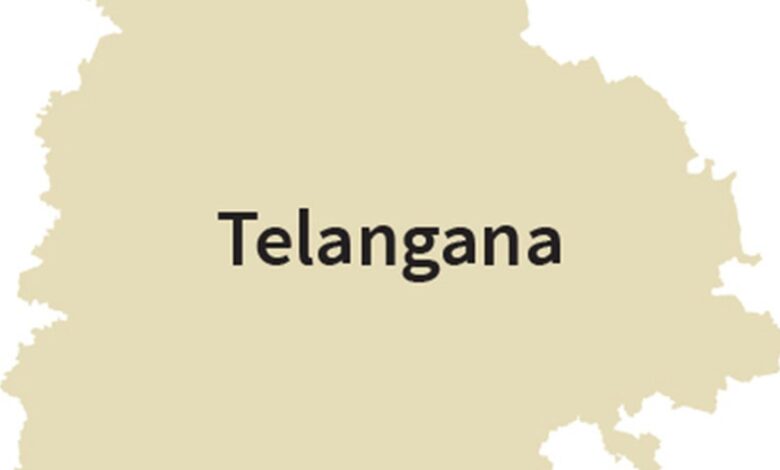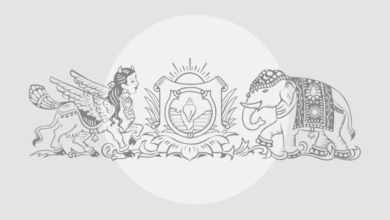Telangana among 17 States and UTs in ‘Core Cold Wave Zone’


National Programme on Climate Change and Human Health (NPCCHH) has put Telangana among 17 States and Union Territories in ‘Core Cold Wave Zone’.
Days after night temperatures dipped across Telangana, a public advisory has been issued for cold wave conditions. The advisory has been issued by the National Programme on Climate Change and Human Health (NPCCHH), under the Ministry of Health and Family Welfare, for Telangana and 16 other states and Union Territories about cold wave conditions.
‘Core cold wave zone’
The advisory highlights that the cold wave season extends from November to March, with December and January witnessing the highest frequency of extreme cold events. The affected States and Union Territories, identified as the ‘Core Cold Wave Zone,’ include Telangana, Punjab, Himachal Pradesh, Uttarakhand, Jammu and Kashmir, Ladakh, Delhi, Haryana, Rajasthan, Uttar Pradesh, Gujarat, Madhya Pradesh, Chhattisgarh, Bihar, Jharkhand, West Bengal, and Odisha.

Who is at risk?
Certain population groups are particularly vulnerable to the harsh effects of cold waves. These include the homeless, the elderly, economically disadvantaged individuals, pregnant and lactating women, children, outdoor workers, farmers, and managers of night shelters, according to the advisory.
What is a cold wave?
The India Meteorological Department (IMD) defines cold wave conditions based on temperature thresholds. For plains, the minimum temperature has to be less than or equal to 10°C and for hilly regions the minimum temperature has to be less than or equal to 0°C.
Health risks from extreme cold
The advisory cautions that prolonged exposure to cold can cause severe health issues, including hypothermia and frostbite. Non-freezing cold injuries, such as Immersion Foot—caused by prolonged exposure to cold, wet conditions—are also a risk. In extreme cases, cold exposure may result in fatalities if adequate precautions are not taken.
Published – November 20, 2024 04:28 pm IST






